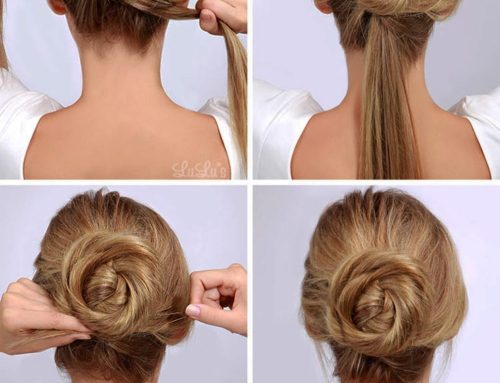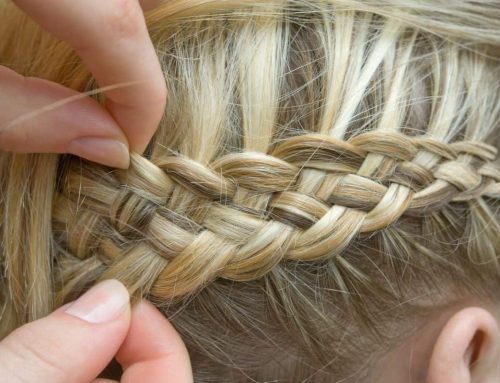Introduction to Wig Styling
Wigs serve as a pivotal element of personal style, offering the versatility to switch up appearances daily or craft specific looks for special occasions. Effective wig styling is fundamental to achieving a natural and flattering appearance.
Throughout this guide, we’ll delve into various aspects of wig styling, including selecting the right wig, preparing it for wear, basic and advanced styling techniques, troubleshooting common issues, and tips for upkeep.
Related:
Understanding Your Wig
A. Differentiating Wig Types
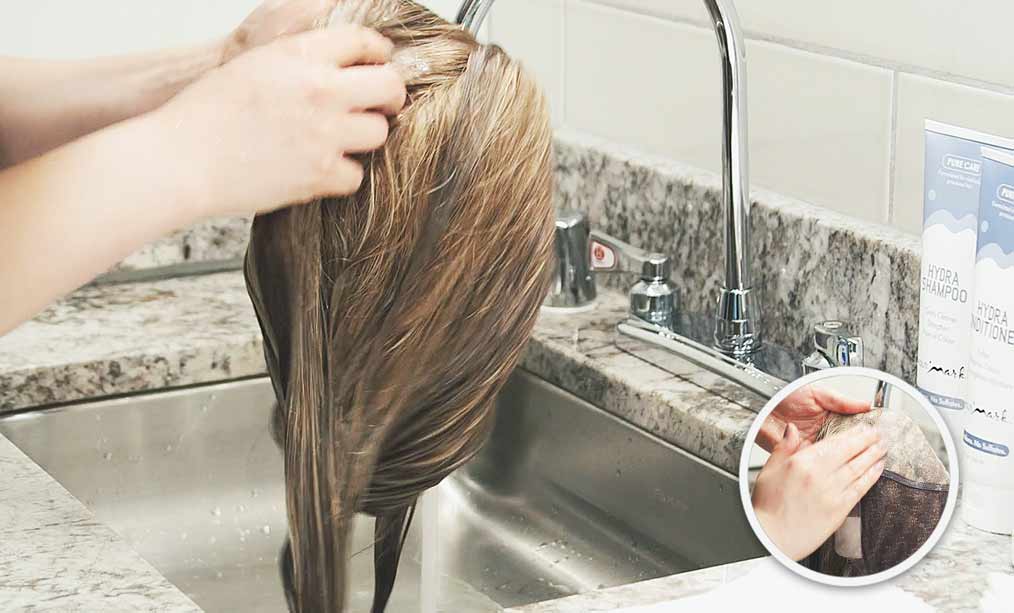
Before delving into wig styling intricacies, it’s vital to grasp the distinctions between synthetic and human hair wigs. Synthetic wigs, crafted from artificial fibers, often offer affordability, while human hair wigs provide a more authentic appearance. Additionally, various construction methods, such as lace front or monofilament, contribute to the overall look and feel of wigs.
B. Identifying Your Wig
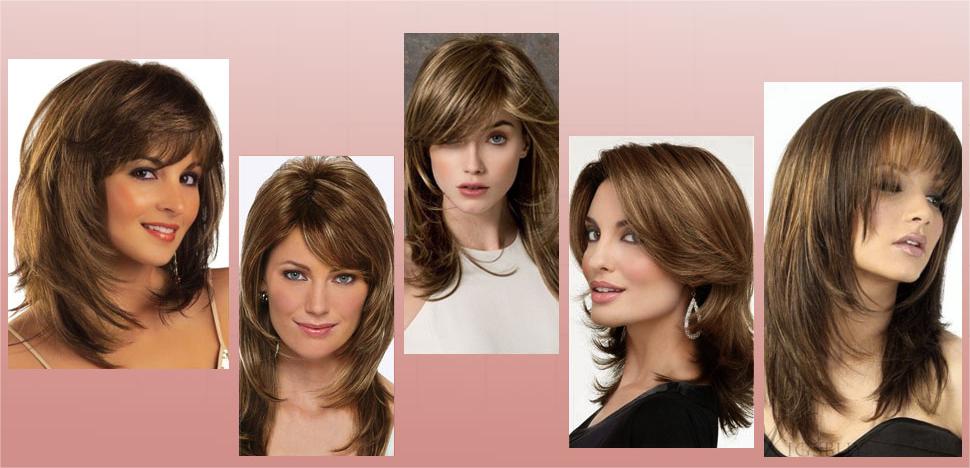
Accurately identifying your wig type is crucial for appropriate care and styling. Here are some pointers to determine your wig type:
- Check the material
- Examine cap construction
- Observe style and texture
- Measure length
- Consider additional features
By discerning these factors, you can tailor your care regimen to suit your wig’s unique characteristics.
Pre-Styling Preparation
A. Washing Your Wig
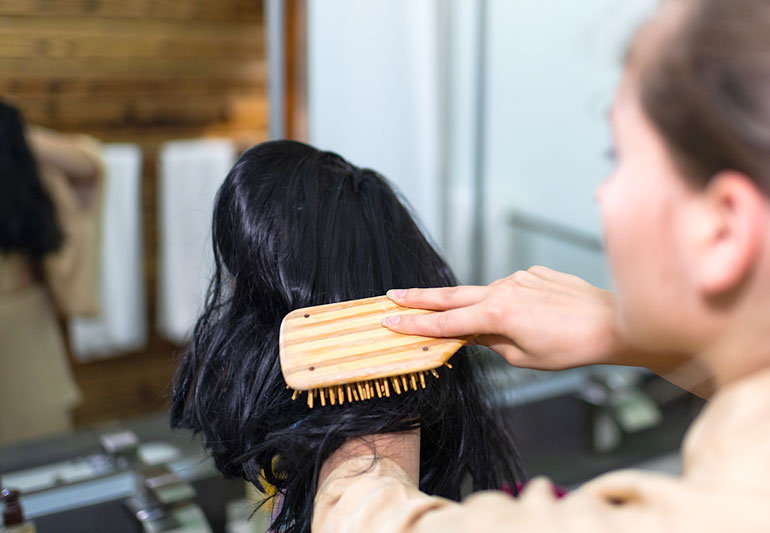
• Frequency of Washing
- Synthetic wigs: Every 6-8 wears
- Human hair wigs: Every 10-12 wears
- Heat-friendly synthetic wigs: Every 6-8 wears
- Hand-tied wigs: Every 10-12 wears
• Recommended Products
- Synthetic wigs: Synthetic wig shampoos and conditioners
- Human hair wigs: Mild, sulfate-free products with nourishing ingredients
- Heat-friendly synthetic wigs: Products containing panthenol and keratin
- Hand-tied wigs: Gentle, protein-rich formulations
• Drying Techniques
- Air-drying
- Towel-drying
- Blow-drying (on cool or low heat)
- Styling while damp
B. Brushing and Detangling Your Wig
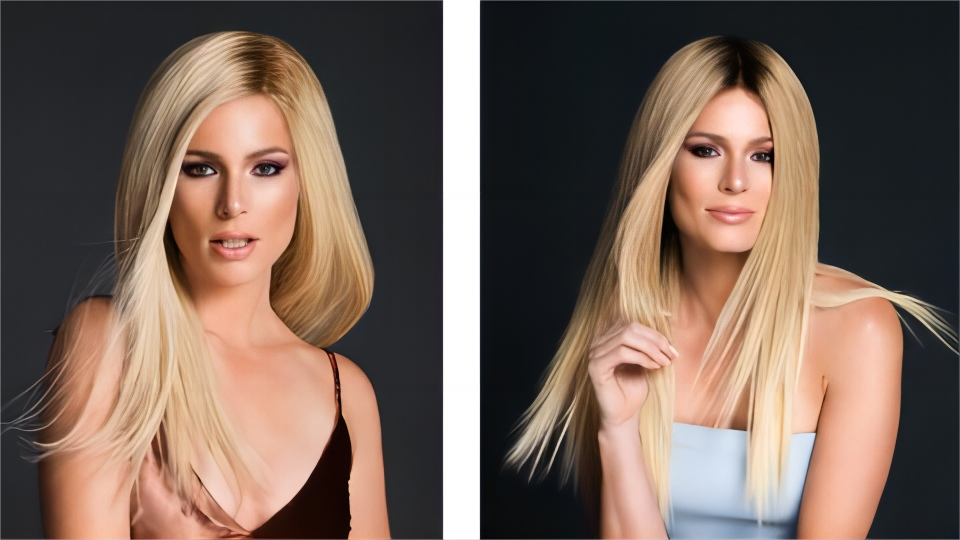
• Essential Tools
- Wig brush
- Wide-toothed comb
- Detangling spray
- Wig stand
• Damage Prevention Techniques
- Gentle handling
- Use of appropriate tools
- Patience during detangling
- Application of detangling spray
- Proper storage when not in use
Basic Wig Styling Techniques
A. Everyday Wear
Step 1: Part Your Wig

- Locate the parting area on your wig.
- Create a neat and straight part using a comb or fingers.
- Ensure alignment with a lace front if applicable.
- Secure the part with hairspray or styling product.
These steps lay the foundation for effortless everyday styling.
Step 2: Enhance Volume
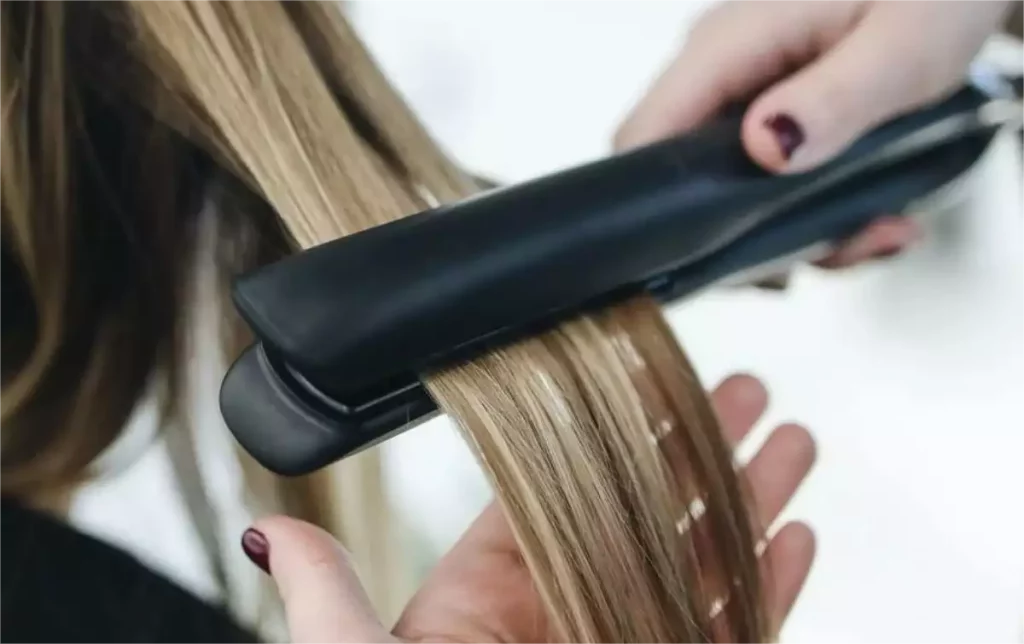
- Tease the hair gently using a fine-tooth comb, focusing on the roots to create volume.
- Apply volumizing mousse or root-lifting spray to the roots and blow dry with a round brush for added lift.
- Incorporate clip-in extensions for extra volume, especially effective with human hair wigs.
- Alternatively, consider using a hairpiece such as a bun or ponytail extension to add volume at the back of your wig.
Step 3: Straighten or Curl
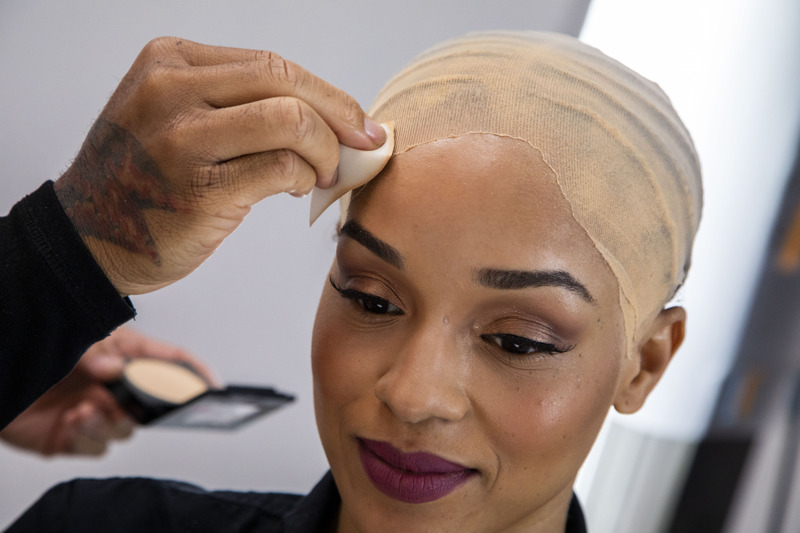
For straightening:
- Clean your wig thoroughly with shampoo and conditioner, ensuring it’s completely dry.
- Utilize a flat iron set to a low temperature, straightening small sections of hair from root to tip.
For curling:
- Heat rollers and apply them to small sections of hair, allowing them to cool completely before removal.
- Wrap small sections of hair around a curling iron barrel, holding for a few seconds before releasing.
- Alternatively, opt for flexi rods by sectioning the hair and wrapping it around the rods, securing the ends, and leaving them in place.
Step 4: Secure Your Wig
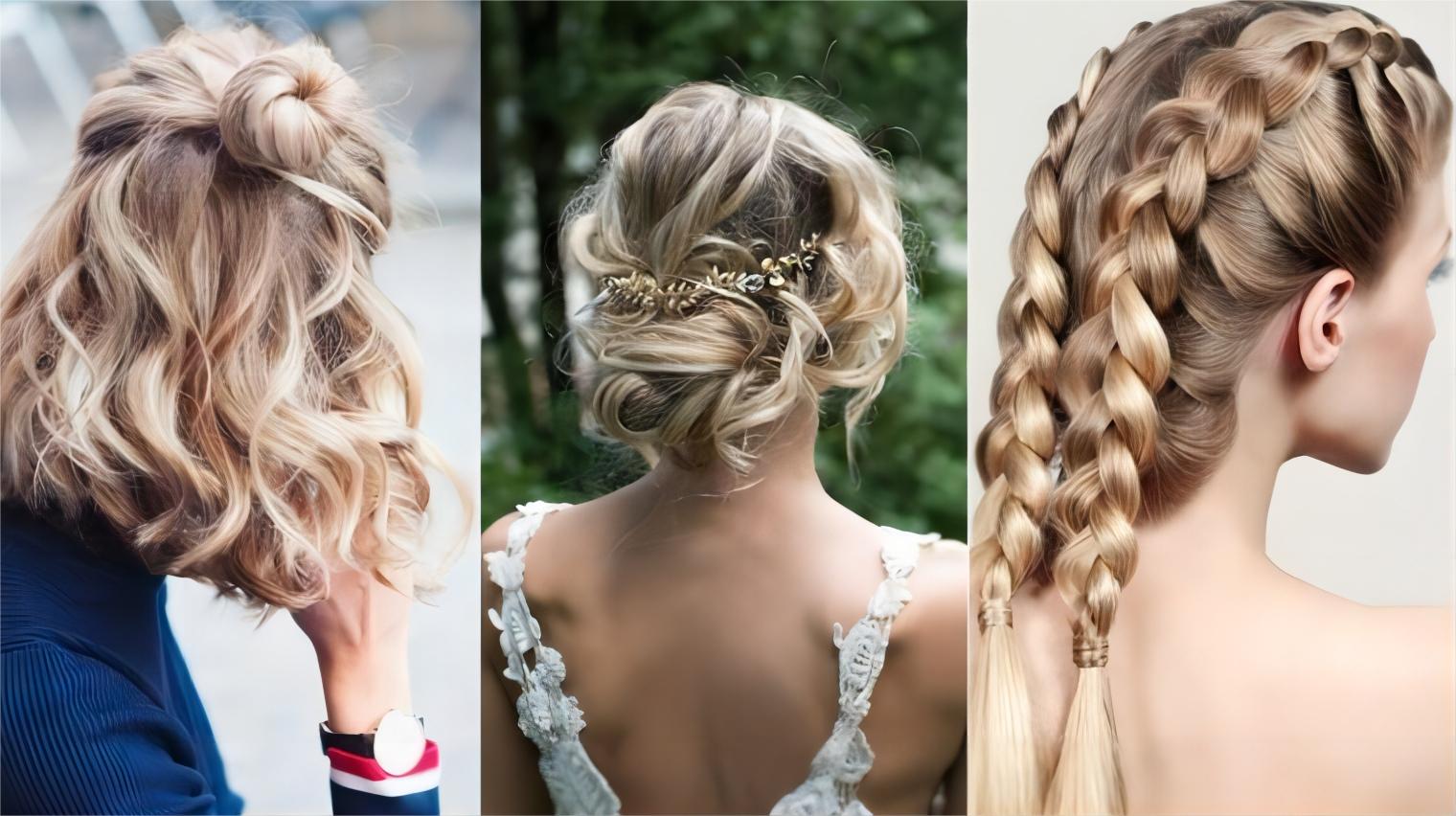
Ensure a secure fit with these methods:
- Use wig tape or adhesive for added stability.
- Employ a wig grip or cap to keep the wig in place.
- Adjust the straps on your wig for a customized fit.
- Utilize hair or bobby pins to anchor the wig to your natural hair.
- Consider braiding your hair before donning the wig to enhance security and minimize tangling.
Related:
Styles for Special Occasions

Popular hairstyles like half-up/half-down, updos, braids, and ponytails offer versatility across various hair types, lengths, and occasions. These styles, whether intricate or straightforward, cater to diverse preferences and events.
Related:
Advanced Wig Styling Techniques
A. Achieving a Natural Look
• Customizing Your Part
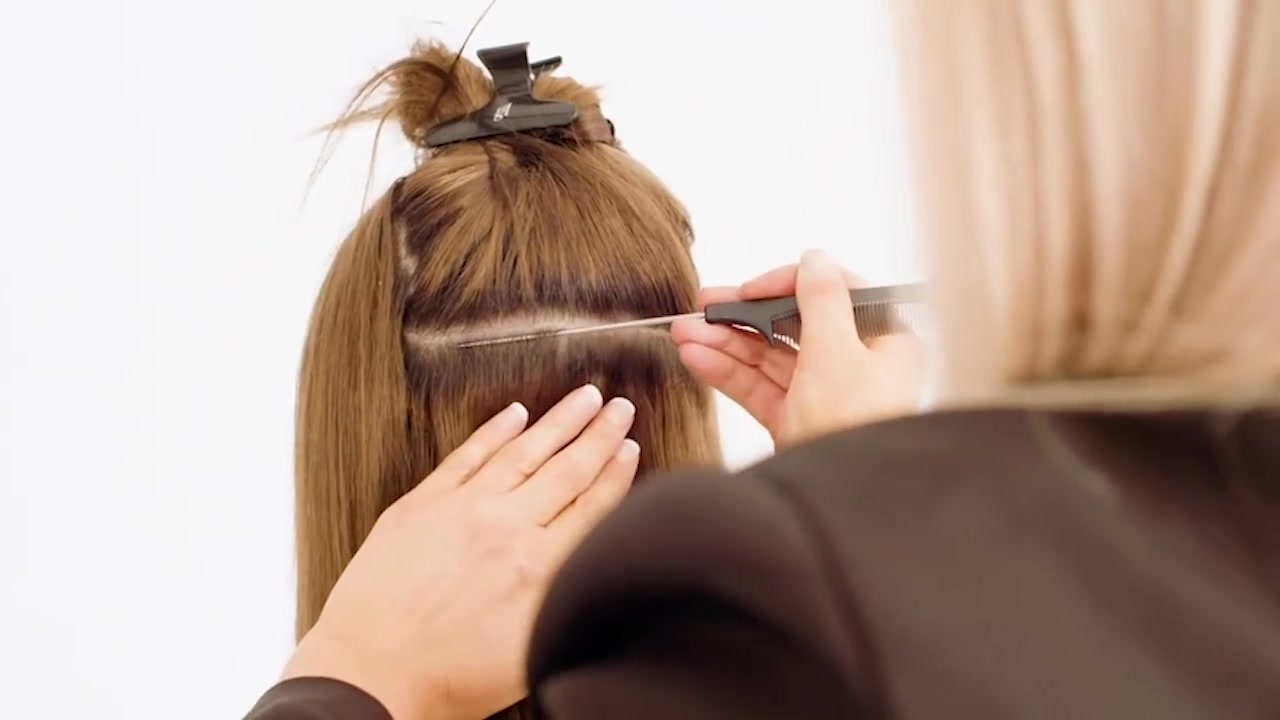
Enhance natural aesthetics through customization:
- Trim the lace along the wig edge.
- Pluck the hairline delicately with tweezers for a realistic effect.
- Utilize heat tools for styling, ensuring moderation.
- Experiment with accessories like headbands or wig clips to alter the appearance.
• Ventilating the Wig Cap
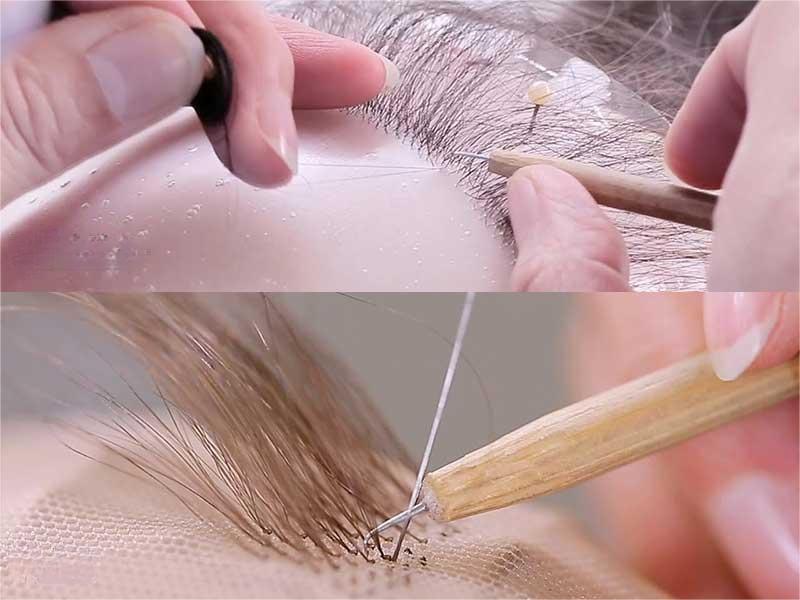
Craft a natural part by ventilating the wig cap:
- Select an appropriate cap type, such as full lace or monofilament.
- Gather ventilating needle and matching hair fibers.
- Decide hair direction before threading the needle.
- Knot individual strands along the desired part or hairline, trimming excess fibers afterward.
• Thinning the Wig
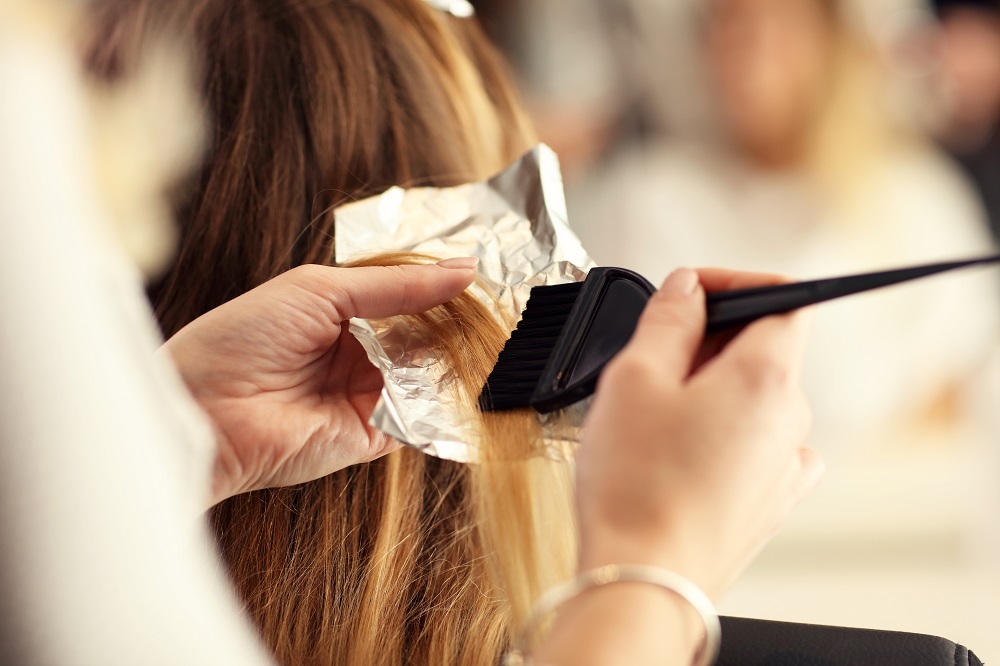
Create a more natural appearance by thinning the wig:
- Prepare with thinning shears or scissors, a comb, and a stable stand.
- Secure the wig on the stand and detangle the hair.
- Gradually thin small sections of hair, working methodically for even results.
- Blend the hair with the comb for a seamless, natural look.
B. Expressive Wig Styling
• Explore Color Options
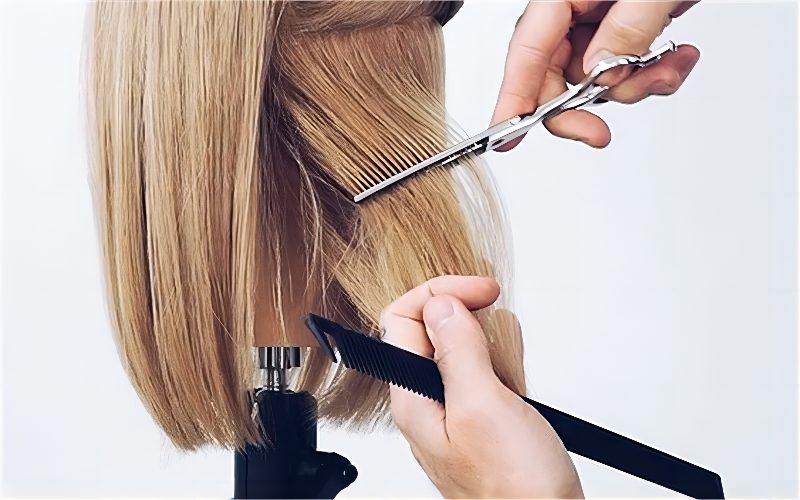
Experimenting with color on your wig opens up exciting possibilities. Here’s a guide to dyeing your wig:
- Select your desired color, ensuring it complements your skin tone.
- Pre-wash the wig to remove any residues.
- Prepare the dye according to instructions, especially if it’s for synthetic fibers.
- Apply the dye evenly, avoiding the wig cap.
- Allow the dye to set for the recommended time.
- Rinse with cool water and air dry, avoiding heat to maintain shape.
• Customize Your Cut
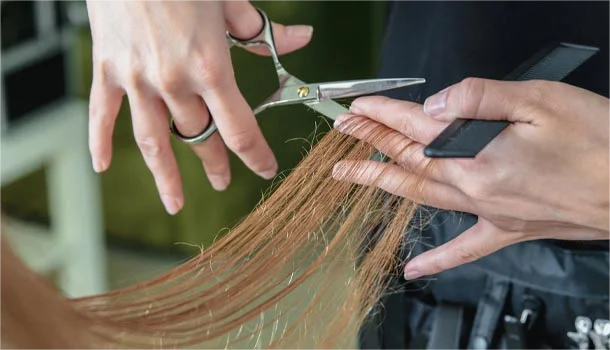
Tailor your wig to your style preferences with these cutting steps:
- Equip yourself with sharp scissors, a fine-toothed comb, and a stable surface.
- Place the wig on a stand, ensuring it’s secure and detangled.
- Decide on your desired length and style before sectioning the hair.
- Cut each section carefully, working gradually for precision.
- Blend layers for a seamless finish.
- Assess your work and make any final adjustments for perfection.
• Accessorize Creatively

Elevate your wig game with these accessory ideas:
- Headbands offer a simple yet effective accent.
- Hair clips and barrettes can create elegant updos.
- Scarves or hats add color and flair, wrapped stylishly.
- Jewelry like earrings and necklaces accentuate glamour.
- Flowers pinned delicately infuse a romantic touch.
Addressing Common Wig Issues
• Tackling Tangling
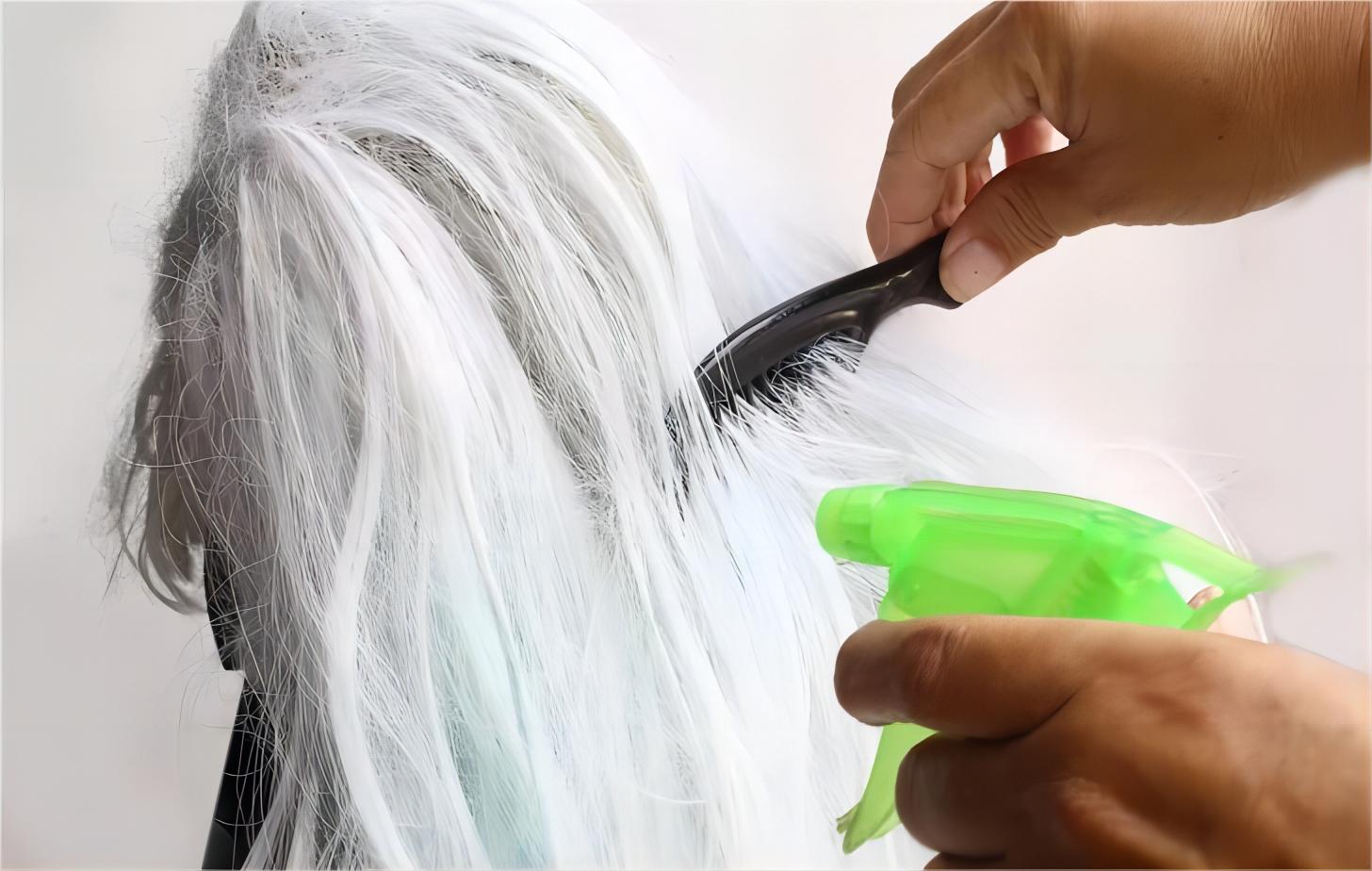
Combat tangled woes with these simple steps:
- Use a wide-toothed comb or detangling brush gently.
- Stubborn knots can be treated with fabric softener or conditioner.
- Rinse with cool water and pat dry.
- Smooth further with a low-temperature straightener if needed.
• Managing Shedding
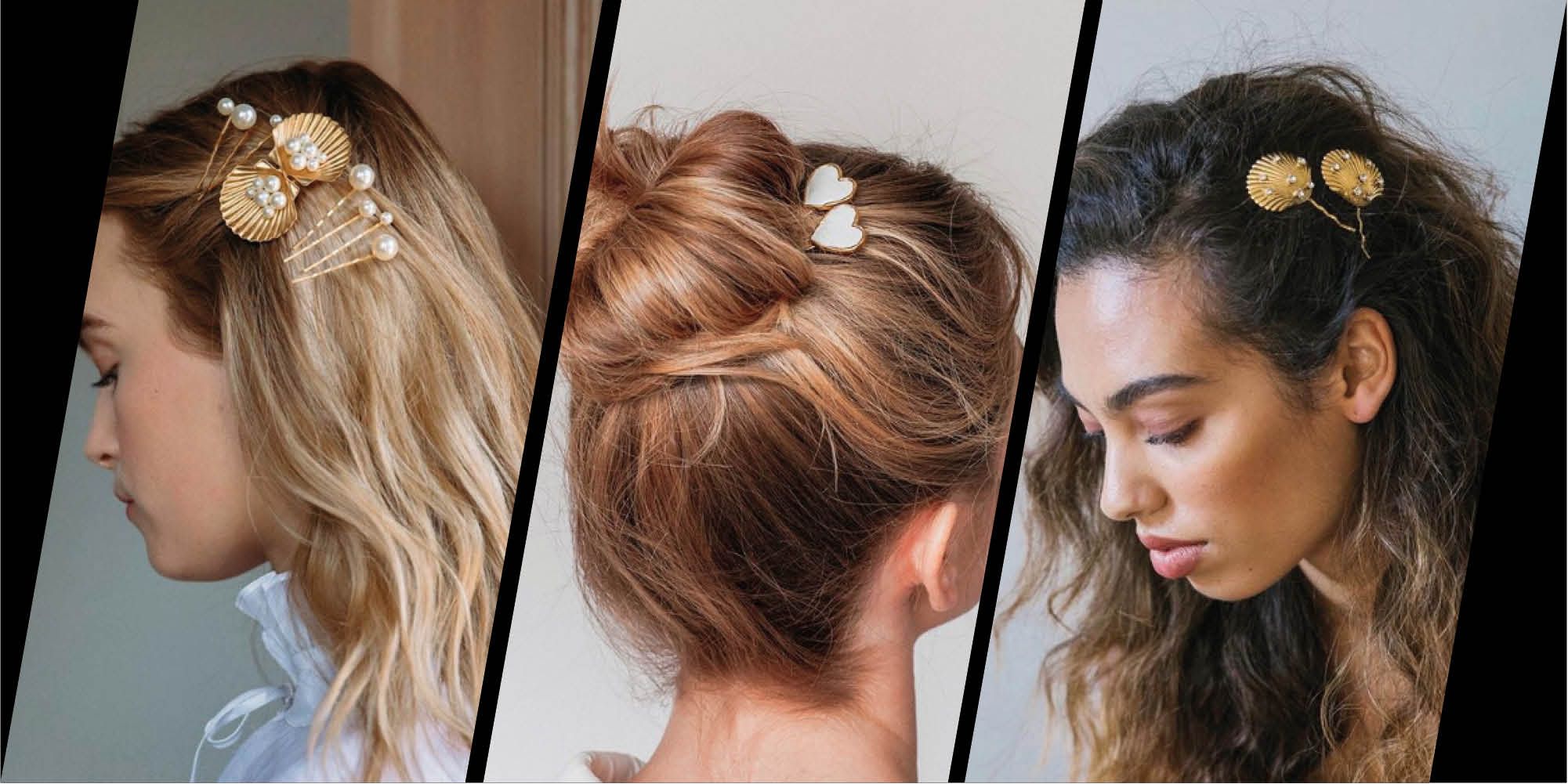
Prevent shedding with these preventative measures:
- Brush your wig before and after use to remove loose strands.
- Limit heat exposure during styling.
- Wash gently with cool water and ensure thorough rinsing.
- Store on a stand when not in use.
- Invest in high-quality fibers known for durability.
• Combatting Frizz
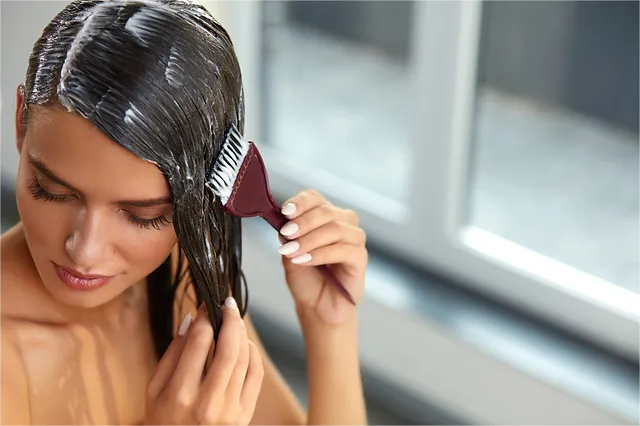
Tame frizz effectively with these strategies:
- Use a specialized wig brush or comb for gentle detangling.
- Apply a small amount of conditioner or fabric softener.
- Smooth with a low-heat straightener after using a heat protectant spray.
- Proper storage on a stand maintains the wig’s integrity.
- Opt for superior-quality fibers resistant to frizz.
In Conclusion
Crafting a captivating look with your wig involves exploring various styling avenues. Whether it’s experimenting with color, customizing cuts, or incorporating accessories, there’s endless room for creativity. Addressing common issues ensures your wig maintains its allure, adding a touch of elegance to your overall appearance.
Images credit: Google, Pinterest, YouTube.
